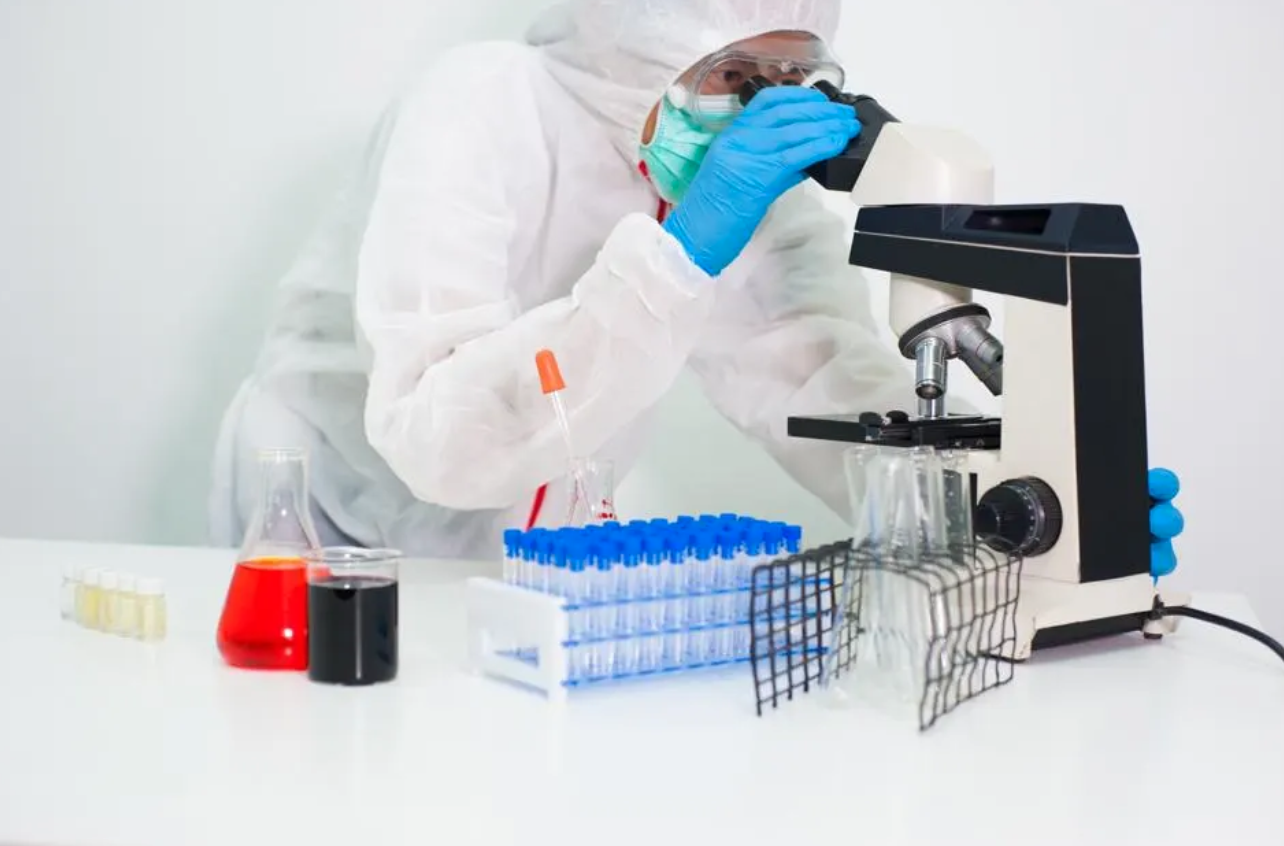AI In Biomanufacturing: From Protein Prediction To Fashion Design
Back News
Biomanufacturing uses engineered microorganisms, such as bacteria and yeast, to create products with desired properties. As a result, biomanufacturing can improve greenhouse gas emissions by reducing the need for fossil fuels by switching the dependence on many raw materials from synthetic chemicals to biochemicals. Biomanufacturing can also capture and store carbon dioxide using microorganisms that can capture and store atmospheric carbon dioxide in their biomass.
The global gross domestic product (GDP) is nearing $100 trillion. Unfortunately, greenhouse gas emissions have also increased and have reached 50 gigatons CO2. A basic calculation reveals that every $2 increase in GDP leads to 1kg of CO2 emission per year. For example, a manufacturing company aiming for a yearly revenue of $100 million would generate around 50 million kilograms of carbon emissions. Can we significantly decrease the carbon footprint of this manufacturing company using biological tools?
Biomanufacturing is one field of application where artificial intelligence (AI) can be particularly powerful to increase product development efficiency. AI can assist in various tasks, including predicting protein sequences and structures, drug design, and fashion design. From predicting protein structures to discovering new life-saving drugs, AI is helping industries to achieve new heights of success.
In the past, protein structure prediction was a time-consuming and challenging process that required extensive experimental data. AI has made it possible to predict protein structures with unprecedented accuracy and speed. It has made it possible to predict the structures of proteins rapidly and accurately, opening new possibilities for research and drug discovery. However, one area where AI is facing challenges is in training data sets. For fibrous proteins, the data sets are limited and more complex than others.
The National Security Commission on Artificial Intelligence (NSCAI) recently reported that AI could bring numerous benefits to biotechnology. These include: (i) improving drug discovery, leading to better treatments for diseases; (ii) precision medicine, providing patients with better outcomes and reducing healthcare costs; and (iii) sustainable agriculture, increasing food production and decreasing its cost. However, AI poses potential risks for biotechnology, including the possible misuse of AI for biowarfare, unequal access to AI-based healthcare and loss of control over AI-powered systems. These risks may lead to unintended consequences, such as releasing dangerous pathogens or disrupting critical infrastructure.
Textiles and clothing have become essential in our modern society, but their production has a detrimental environmental impact. Every year, over 110 million tons of fabric are manufactured, releasing carbon and polluting waterways with microplastics. The textile production process, from acquiring raw materials to fabric and fiber production, involves multiple steps where efficiency could be significantly improved by implementing biomanufacturing and AI technologies.
Generative AI is artificial intelligence that can create new content such as images, text and music. Fashion companies use this technology to develop new designs, personalize customer experiences and streamline operations. One of the most promising applications of generative AI in fashion is the creation of unique designs. This data can generate new ideas and concepts that would only be possible for human designers to develop independently. AI can also create personalized recommendations for products and services tailored to customers’ interests.
Moreover, AI can streamline fashion industry operations to minimize waste and increase production efficiency. For example, generative AI can automate product design, marketing and customer service tasks. However, AI is still in its early stages and expensive to train at this point (e.g., AI tends to focus on simple designs and struggles with creating complex 3D garments without expensive training datasets).
Imagine what could be achieved through technological advancement in biomanufacturing and AI initiatives. By utilizing efficient technologies, businesses and individuals can help reduce greenhouse gas emissions to combat climate change and create better technologies for humanity. The field of biomanufacturing has the potential to enhance the productivity of numerous industries. However, there are fundamental inquiries that require answers, such as the self-organization, communication and adaptation processes in biology.